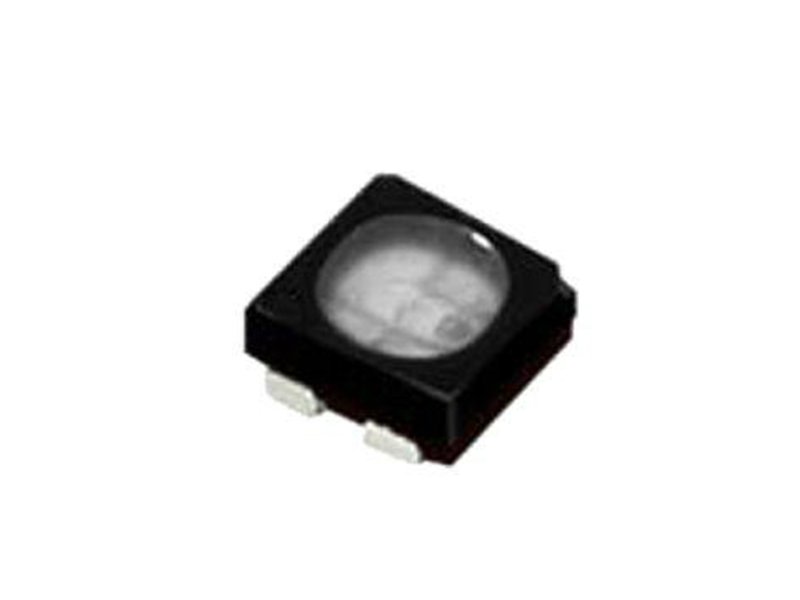LED Display Elementary Knowledge Part 2.
LED Display Elementary Knowledge Part 2.
IV. Classification of LED Display Screen
The LED display screen can be divided into various types:
1. Use Applications: Indoor LED screen display, Semi-outdoor LED screen display, Outdoor LED screen display.
2. Display Colours: Single colour LED display, double-colours LED display, R, G, B full-colours LED display.
3. Functions: Text LED display screen, Image LED display screen, Video LED display screen, Full-format LED display screen.
V. Terminological Explanation of LED video wall display screen
1. What is an LED?
LED is the abbreviation of light-emitting diode (LIGHT EMITTING DIODE), a display device consisting of light-emitting diodes arranged. The LED in the display industry refers to the LED that can emit the visible band.

2. What are the pixels of the LED display?
Pixel is the smallest imaging unit of the display screen, which is generally composed of single or multiple light-emitting diodes. For example, the pixels written in some display design schemes: 2R1G1B, which means the smallest imaging unit of the display screen, are composed of two red light-emitting tubes, one green light-emitting tube and one blue light-emitting diode (in the display industry, red, green and blue light-emitting tubes are often replaced by their English letters, R, G, B). P indicates the distance between points, indicates the diameter of points.

3. What is luminous brightness?
The intensity of light emitted by the unit area of the LED display screen is CD/m2, which is simply the intensity of light emitted by the one-m2 display screen.
4. What is the brightness of the LED display?
The brightness of the LED display screen refers to the luminous intensity per unit area of the display screen when the display screen is working normally. The unit is cd/m2 (that is, how many CD luminous intensity per square metre area), "cd" is called Candela in Chinese and "m2" is called square metre in Chinese. The brightness of indoor video screen is generally between 200 and 1200 cd/m2. The brightness of outdoor video screen is generally between 3000 and 7000cd/m2. The brightness of the LED display screen is a difficult index to measure (because the test instrument is expensive), which can be calculated by testing the luminous intensity of the luminous tube of the display screen. For example, when a 2500-point/m2 outdoor full-colour LED display screen is white-balanced, 10 pixels are randomly measured by the luminous intensity meter of the light-emitting diode, the average luminous intensity of the red tube is 420 McD; the green tube is 1620 McD; and the luminous intensity of the blue tube is 285 McD. The brightness of the display screen is 2500X (2X420+1620+285)/1000=6862.5cd/m2 and 6862500mcd/m2 because the screen has 2500 pixels per square meter, and each pixel has two red tubes, one green tube and one blue tube.
5. What is the brightness level?
The series of manual or automatic adjustments of the whole screen brightness between the lowest and highest brightness.
6. What is the grey level?
The grey level of the LED display screen is an index reflecting the image level of the display screen. The grey level of the video screen is generally divided into 64, 128, 256, 512, 1024, 2048, 4096 and so on. The higher the grey level is, the clearer the image level is. Generally, the grey level is above 256, and the image difference is not very big.
7. What is the maximum brightness?
Under a certain ambient illumination, the primary colours of the LED display screen are at the maximum brightness and grey level.
8. What is Pixel Spacing (Point Spacing)?
The smaller the distance between two adjacent pixels, the shorter the visual distance. Industry insiders usually abbreviate P to indicate point spacing.
![]()
9. What is a trinity?
The three independent packaged SMT lamps of RGB are vertically juxtaposed according to a certain distance, which not only has the advantages of three in one but also solves the shortcomings of three in one.
10. What is a double primary colour, false colour and full-colour display?
Different colours of light emitting diodes can make up different display screens. Double primary colours are composed of red, green or yellow-green colours, false colours are composed of three different colours: red, yellow-green and blue, and full colours are composed of three different colours: red, pure green and pure blue.
11. What is a moire pattern?
It is when we shoot the full-colour LED display screen in our work that some irregular water ripples appear on the screen of the LED display screen. These water ripples are called "molar ripples" in physics.
12. What is pixel density?
Also known as dot matrix density, usually refers to the number of pixels per square meter of the display screen.
13. What is an LED display module?
Composed of several display pixels, it is structurally independent and can constitute the smallest unit of the LED display screen. Typical are 8 * 8, 8 * 7, etc.
14. What is DIP?
DIP is the abbreviation of DOUBLE IN-LINE PACKAGE. It is a two-line in-line assembly.
15. What is SMT? What is SMD?
SMT is the abbreviation of SURFACE MOUNTED technology, which is the most popular technology and technology in the electronic assembly industry at present; SMD is the abbreviation of a surface mounted device.
16. What is an LED display module?
The basic unit with circuit and installation structure, display function and display function can be realized by the simple assembly.
17. What is an LED display?
Through a certain control mode, the display screen is composed of an LED device array.
Quick Link to LED Display Elementary Knowledge Products and home page


